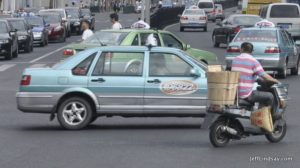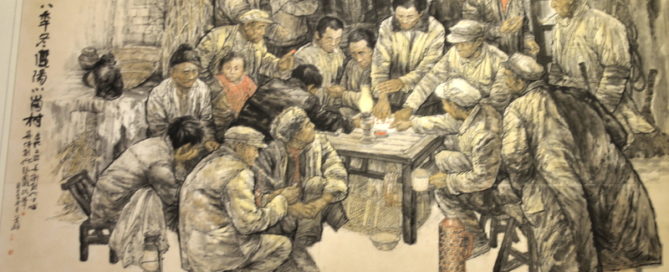Photos From Turkey, May 2022
In 2022, my wife and I visited Bulgaria and Turkey. In addition to meeting with a terrific intellectual property team in Istanbul and meeting some fascinating people in both nations, we had plenty of opportunities to take photos and learn about the history and culture of these remarkable nations. I especially fell in love with Turkey. Here are a few photos from my experience there.









































